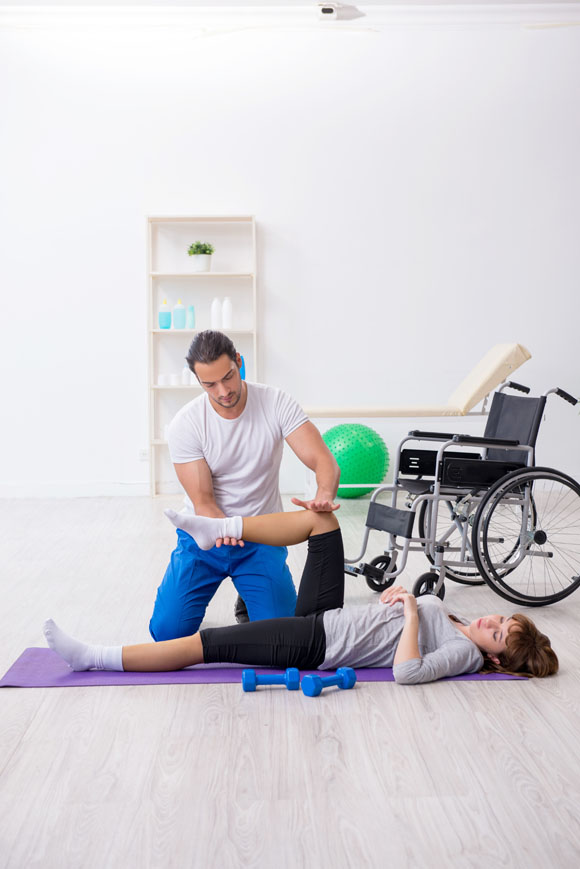We don't play around with the right treatment so that you can get right back into the game.
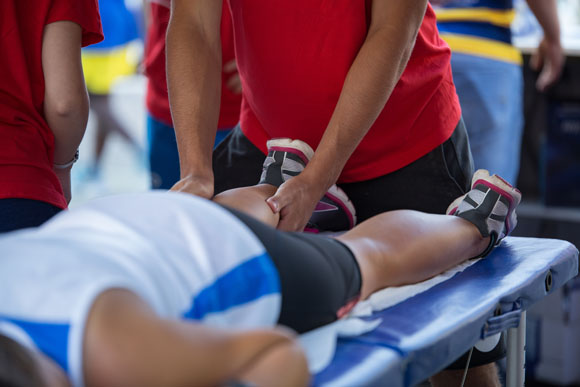
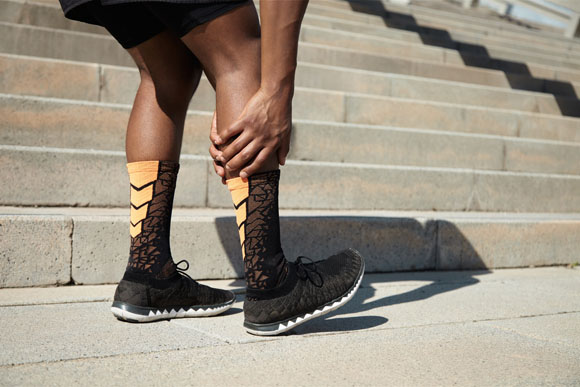
“Sports injuries” are injuries that happen when playing sports or exercising. Some are from accidents. Others can result from poor training practices or improper gear. Some people get injured when they are not in proper condition. Not warming up or stretching enough before you play or exercise can also lead to injuries. The most common sports injuries are:
There are two kinds of sports injuries: acute and chronic. Acute injuries occur suddenly when playing or exercising. Sprained ankles, strained backs, and fractured hands are acute injuries.
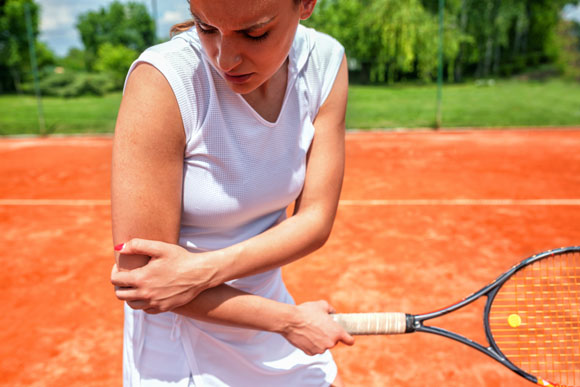
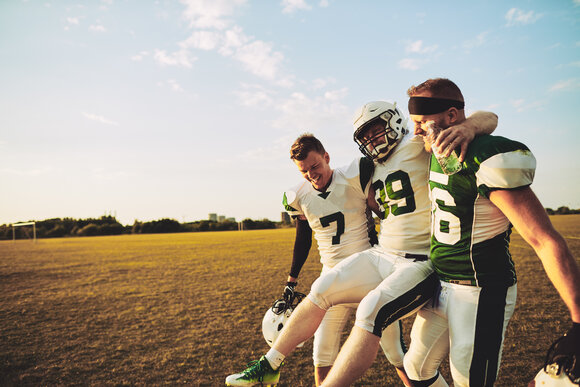
Signs of an acute injury include:
Chronic injuries happen after you play a sport or exercise for a long time. Signs of a chronic injury include:
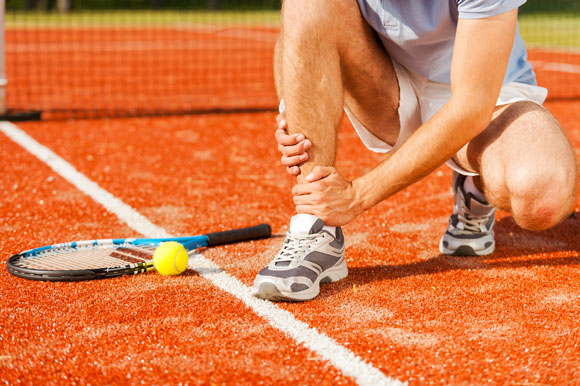
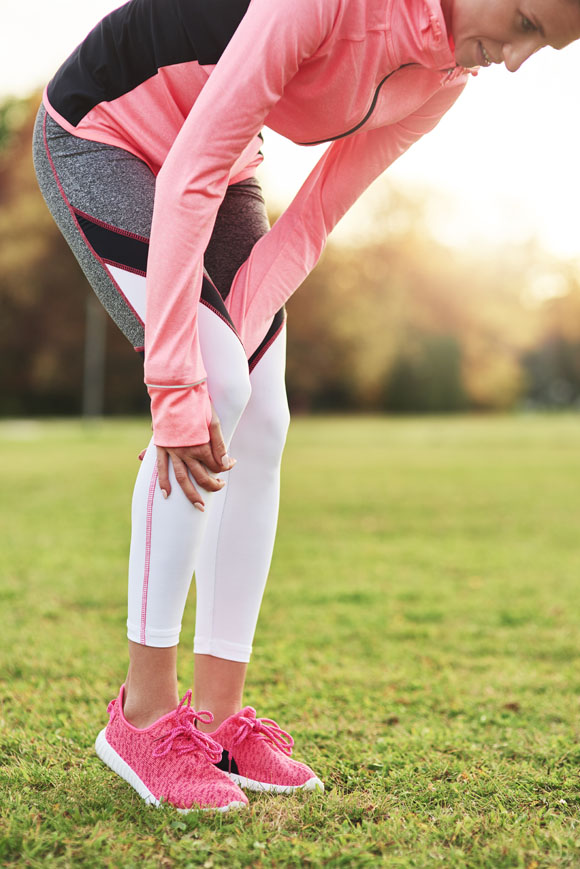
How are sports injuries treated?
Call a doctor when:
Here are some other things your doctor may do to treat your sports injury.
Nonsteroidal Anti-Inflammatory Drugs (NSAIDs)
Your doctor will suggest that you take a nonsteroidal anti-inflammatory drug (NSAID) such as aspirin, ibuprofen, ketoprofen, or naproxen sodium. These drugs reduce swelling and pain. You can buy them at a drug store. Another common drug is acetaminophen. It may relieve pain, but it will not reduce swelling.
Immobilization:
Immobilization is a common treatment for sports injuries. It keeps the injured area from moving and prevents more damage. Slings, splints, casts, and leg immobilizers are used to immobilize sports injuries.
Surgery:
In some cases, surgery is needed to fix sports injuries. Surgery can fix torn tendons and ligaments or put broken bones back in place. Most sports injuries don’t need surgery.
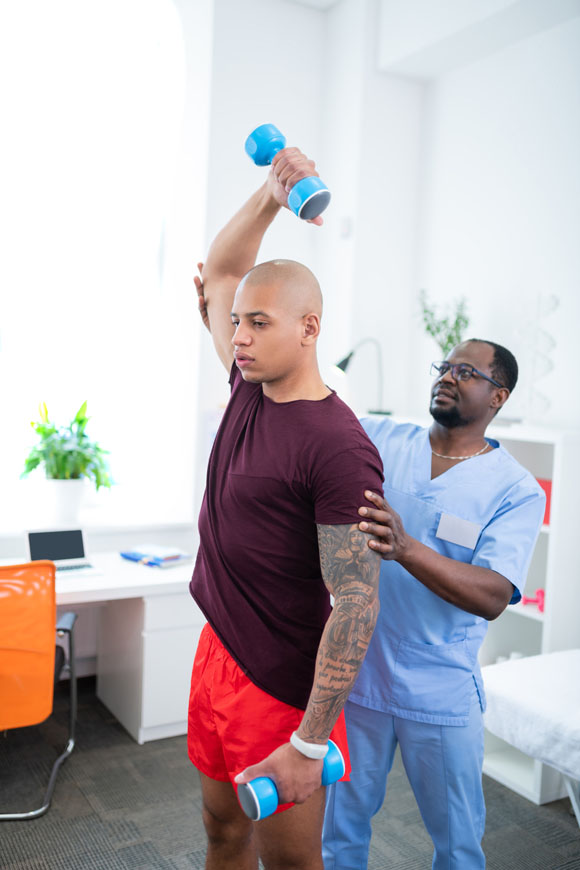
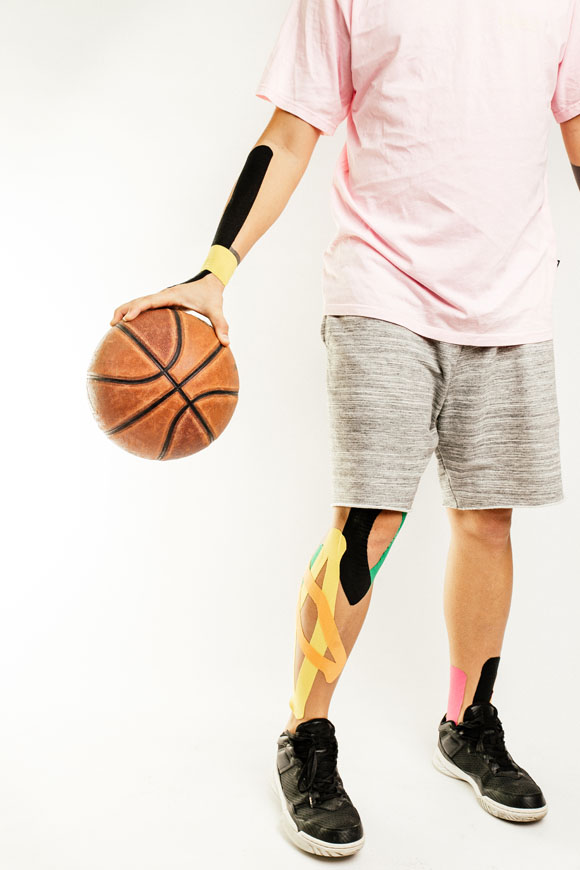
Physical Therapy Rehabilitation (Exercise):
Rehabilitation is a key part of treatment. It involves exercises that step by step get the injured area back to normal. Moving the injured area helps it to heal. The sooner this is done, the better. Exercises start by gently moving the injured body part through a range of motions. The next step is to stretch. After a while, weights may be used to strengthen the injured area.
As injury heals, scar tissue forms. After a while, the scar tissue shrinks. This shrinking brings the injured tissues back together. When this happens, the injured area becomes tight or stiff. This is when you are at greatest risk of injuring the area again. You should stretch the muscles every day. You should always stretch as a warmup before you play or exercise.
Don’t play your sport until you are sure you can stretch the injured area without pain, swelling, or stiffness. When you start playing again, start slowly. Build up step by step to full speed.
Rest:
Although it is good to start moving the injured area as soon as possible, you must also take time to rest after an injury. All injuries need time to heal; proper rest helps the process. Your doctor can guide you on the proper balance between rest and rehabilitation.
Other Therapies:
Other common therapies that help with the healing process include mild electrical currents (electrostimulation), cold packs (cryotherapy), heat packs (thermotherapy), sound waves (ultrasound), and massage.
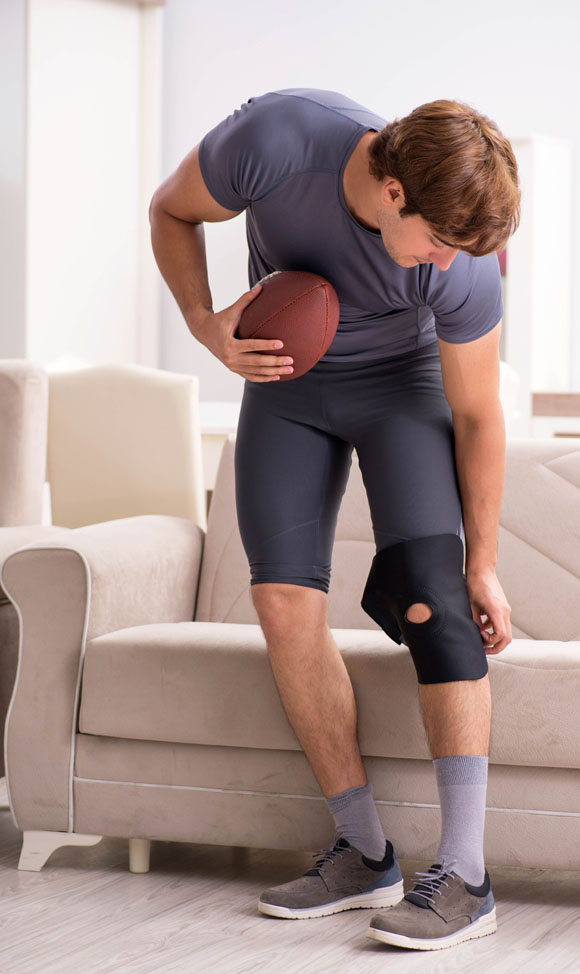
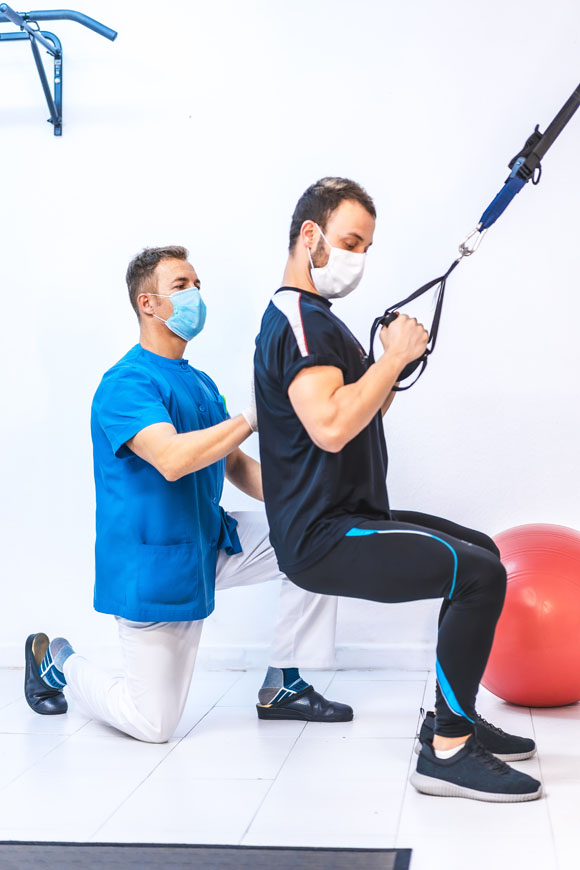
For adults:
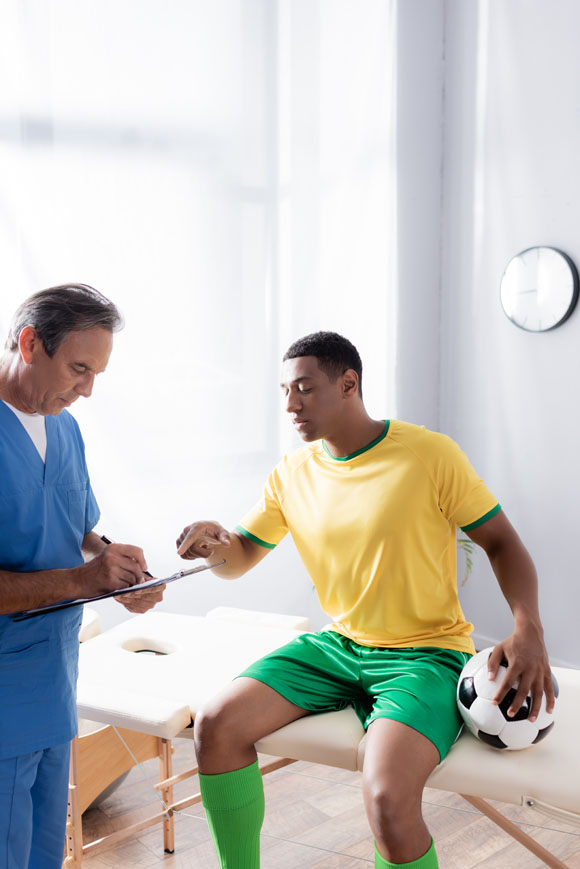
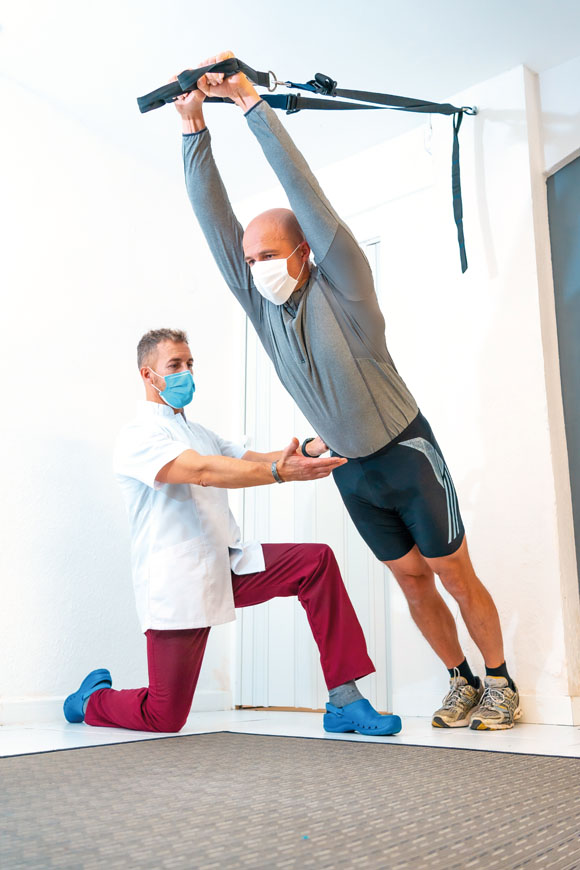
For parents and coaches:
For children:
